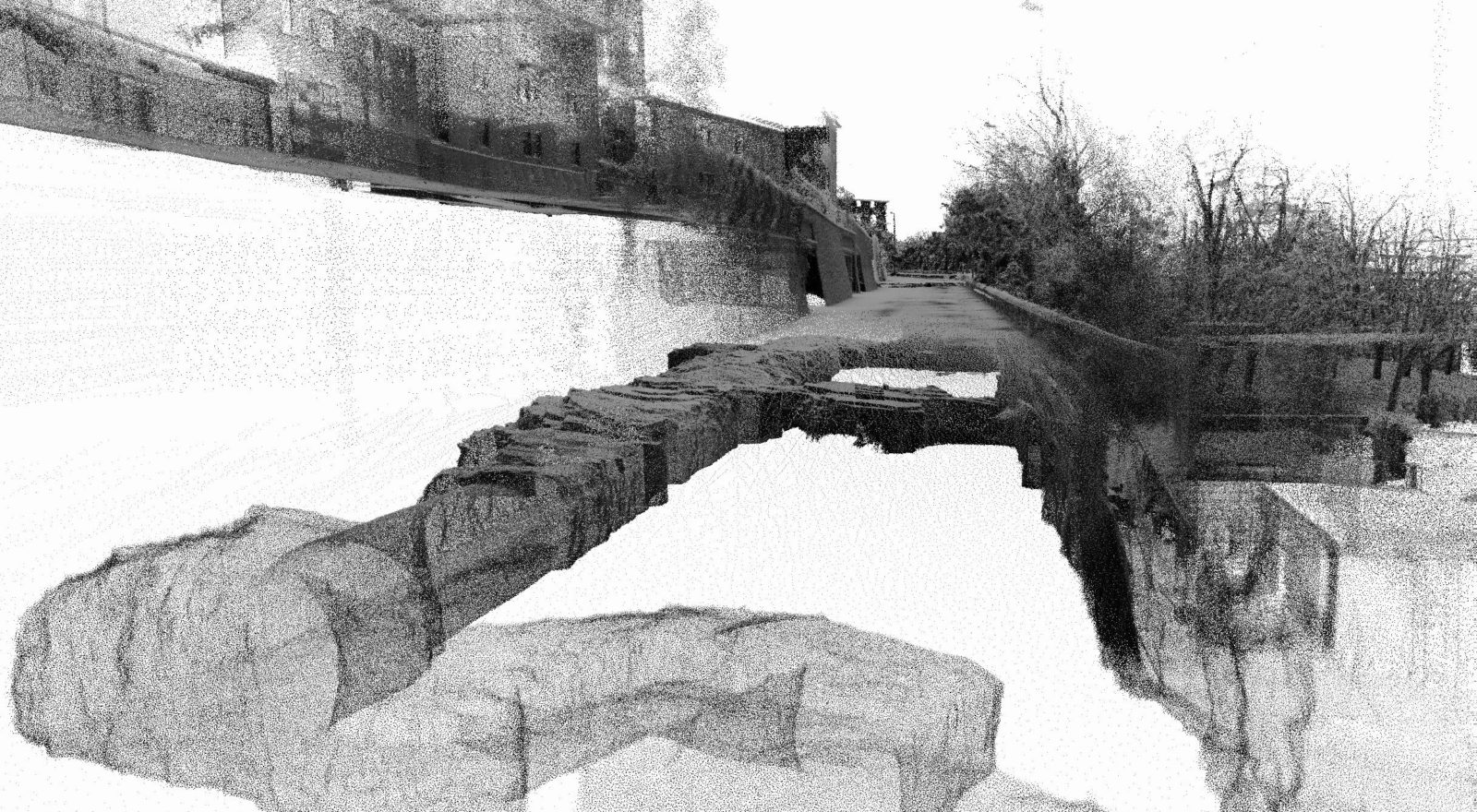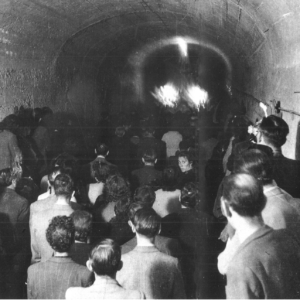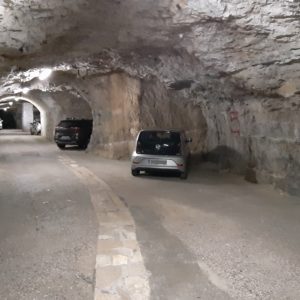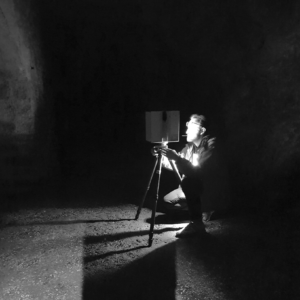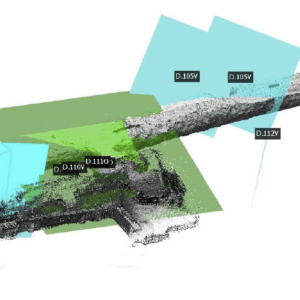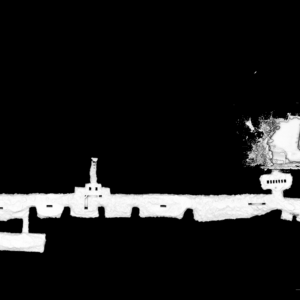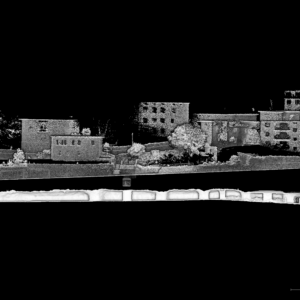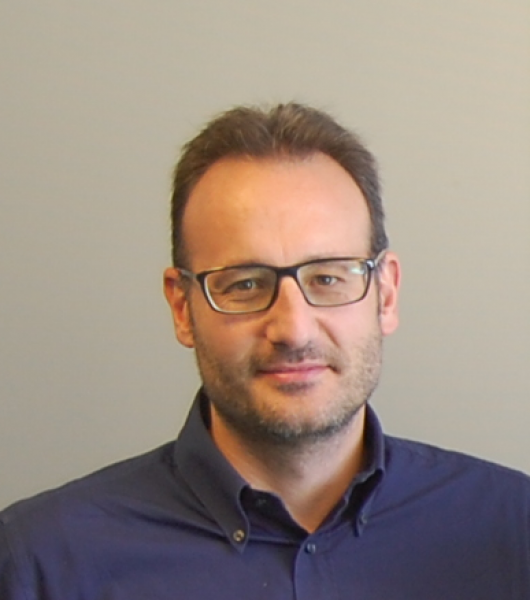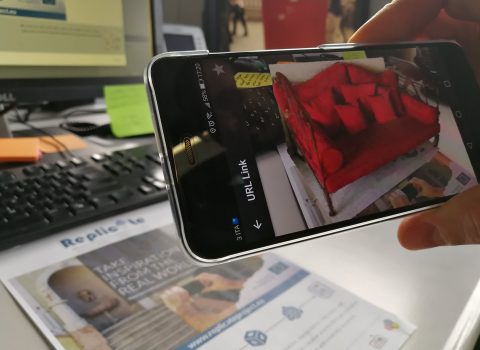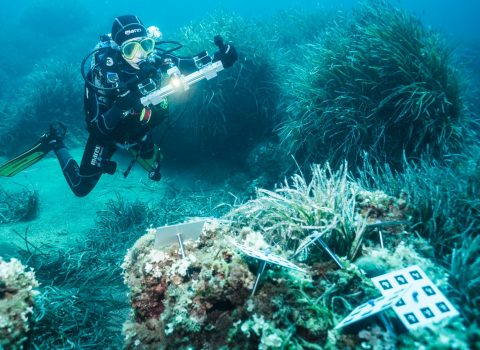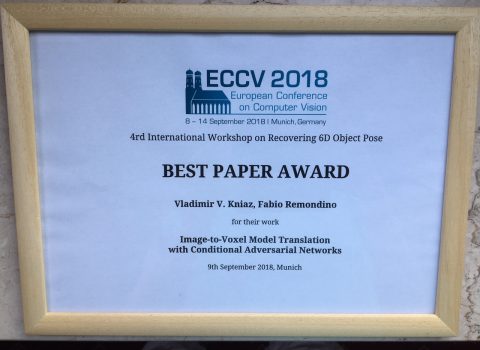
Digital technologies for the enhancement and reuse of historical and cultural heritage
The possibility of visualizing and requalifying sites through three-dimensional technologies favors the rediscovery of the air-raid shelter in Piazza Venezia in Trento, the scene of a piece of city history of the Second World War
How to give value to the hidden and forgotten sites of the city’s history?
How to requalify and reuse an old air-raid shelter now closed to the public?
How to detect and visualize a tunnel that winds through the rock in the city center?
Such and other questions are the topic of “Between darkness and light: an urban project for the air-raid shelter in Piazza Venezia in Trento”, the master thesis in Construction Engineering-Architecture (University of Trento, academic year 2019/2020) by Davide Giacomelli, under the supervision of the Supervisors Prof. Giovanna A. Massari and Prof. Sara Favargiotti and of the Co-supervisors Prof. Fabio Remondino (FBK-3DOM), Prof. Lucia Simeoni and Prof. Paolo Baggio.
The thesis historically frames the evolution of the Piazza Venezia area which “during the Second World War, given its strategic position and the presence of a large avenue, was the main site of the demonstrations of the fascist regime.”
At the beginning of the Second World War, Trento was unprepared to face aerial bombing because there were only eleven public anti-air-raid shelters in the city, located in the historic center, which could accommodate a maximum of 50 to 200 people each.
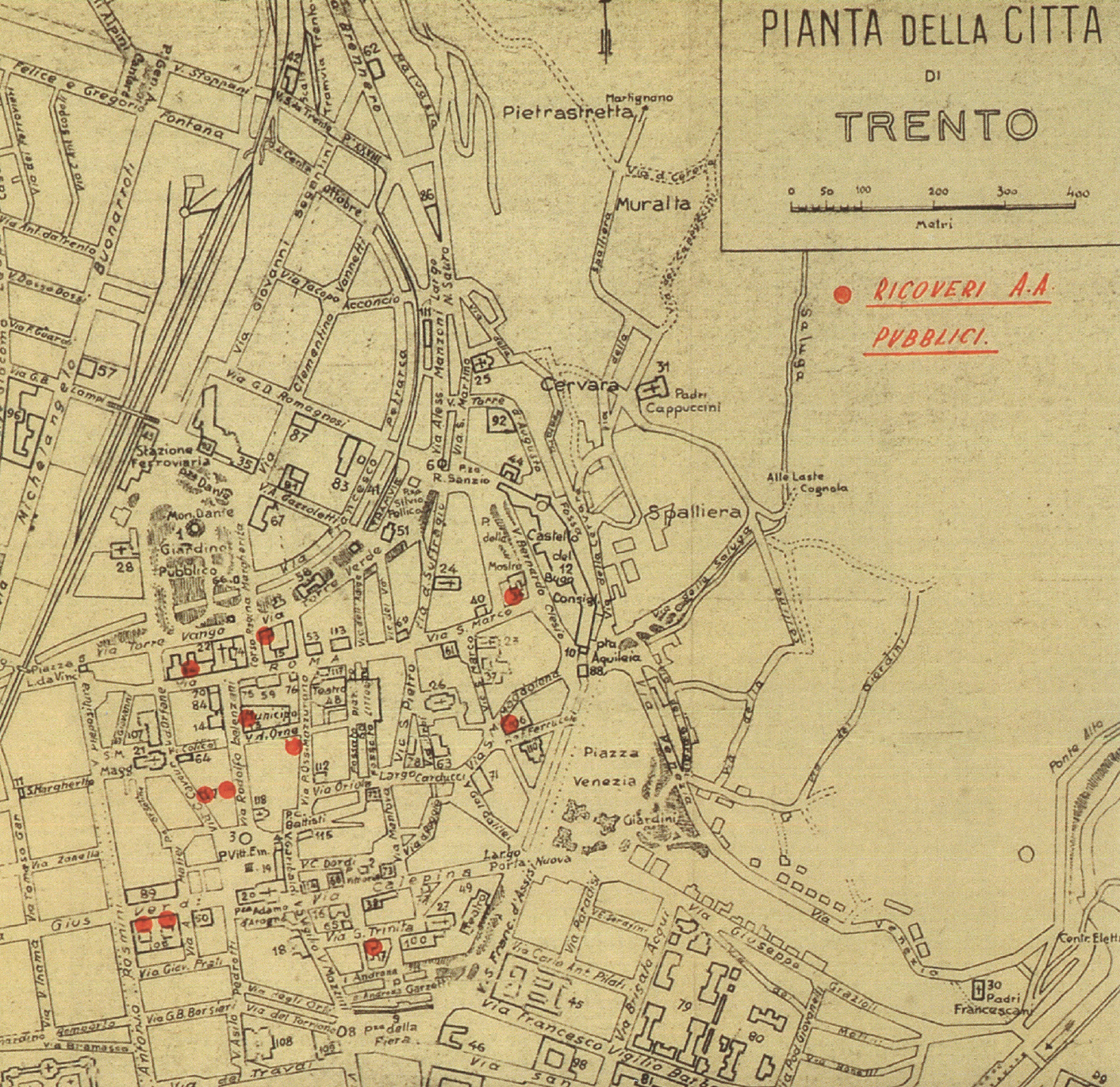
After the first bombing in September 1943, it became essential to build other rock shelters and shelters that would allow citizens to take refuge in less than 15 minutes. The rock air-raid shelters could accommodate more than 12,000 people (5200 in the one in Piazza Venezia, 2900 in “alla Busa”, 1800 in Largo Nazario Sauro). In particular, the refuge in Piazza Venezia is a tunnel in the rock that runs parallel to the city park for about 210 m. with 4 accesses to the outside and a maximum width of 10 m.
In order to document, give value and propose a restoration and reuse plan for the shelter in Piazza Venezia, a detailed 3D survey of the structure was necessary. After a preliminary inspection, with the authorization of the Autonomous Province of Trento, in order to analyze the air-raid shelter and understand the right approach for the survey, the air-raid shelter was considered as a real archaeological artifact, for which innovative processes for the acquisition, processing and dissemination of data have been developed in the last years.
The survey by means of static and dynamic laser scanner instruments of the interior and exterior of the shelter has created a cloud of points with a centimeter resolution of about 700 million points.
After the processing, cleaning and lightening of the cloud, 2D / 3D renderings and representations, geo-mechanical and thermo-hygrometric analysis were carried out as necessary for a project proposal for the requalification and enhancement of the area.
The graduation thesis presented the realization of a multifunctional project in which sport will have the purpose of encouraging the use of the area which, however, can at the same time be used for other events and activities. The proposal also aims at guaranteeing the safeguarding of historical memory, so that the shelter can be a witness of the events of the Second World War. Considering the central position in which the building is located with respect to the historic center, this could be a place of great attraction from a cultural, tourist and social point of view, in the hypothesis of creating a public space dedicated to people.
Starting from a similar graduation thesis by Anna Maragno with Prof. Michela Dalprà and Prof. Giovanna A. Massari of the same department as supervisors, originates the recovery and enhancement project “Saving the sites of salvation. Studies and research about the anti-air-raid shelters of Trento: the underground tunnel Alla Busa ” (located in Via Grazioli). Davide Giacomelli’s thesis work is further proof of the fruitful collaboration between FBK and the University of Trento aimed at the transfer of knowledge and the growth of new generations.
The historic picture showing people taking refuge in the air-raid shelter comes from: Leoni D., Marchesoni P., Le ali maligne, le meridiane di morte. Trento 1943-1945. I bombardamenti, Trento, Temi, 1995.
